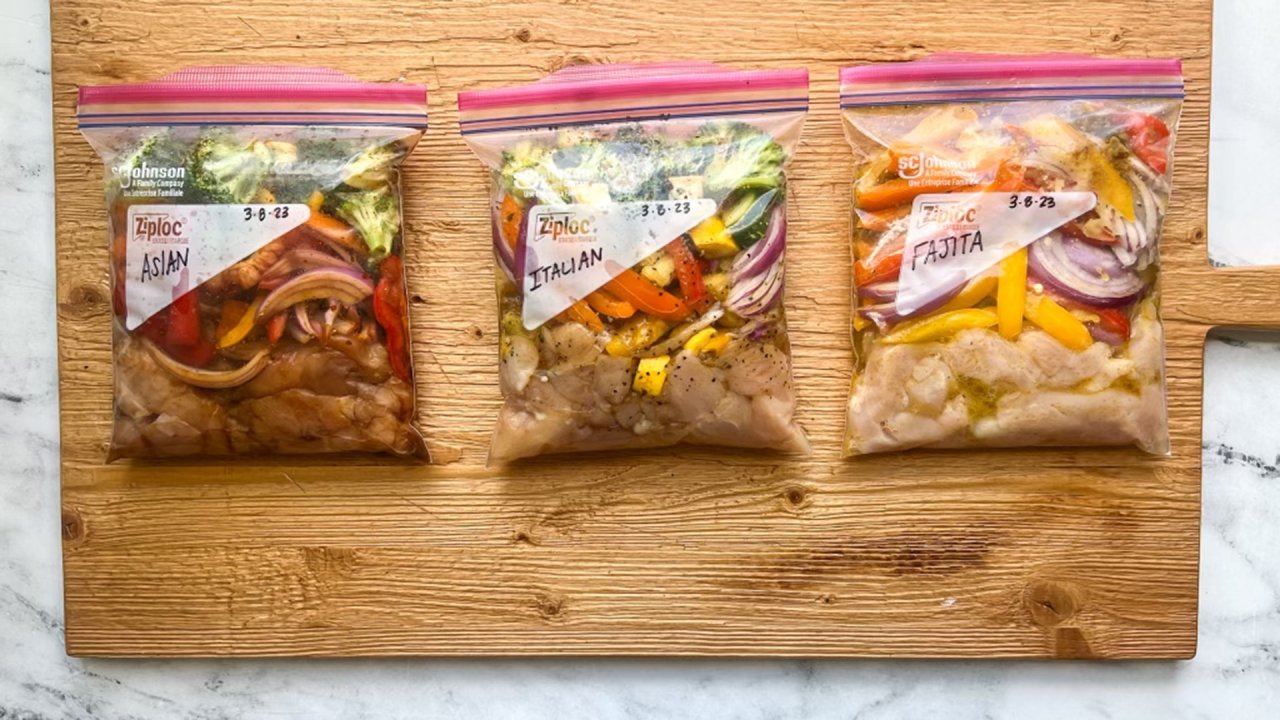

Articles
How To Store Freezer Meals
Modified: February 28, 2024
Learn how to store freezer meals with our informative articles. Find tips, tricks, and expert advice to keep your meals fresh and flavorful for longer.
(Many of the links in this article redirect to a specific reviewed product. Your purchase of these products through affiliate links helps to generate commission for Storables.com, at no extra cost. Learn more)
Introduction
Welcome to the world of freezer meals, where convenience meets deliciousness. In today’s fast-paced world, finding time to cook a nutritious meal can be a challenge. That’s where freezer meals come to the rescue. With a little planning and preparation, you can have a freezer stocked with ready-to-eat meals that are both tasty and nutritious.
Freezer meals are pre-prepared dishes that are stored in the freezer for later use. Whether you’re a busy professional, a parent juggling multiple responsibilities, or simply someone who wants to save time in the kitchen, freezer meals can be a game-changer. They offer a host of benefits, from reducing mealtime stress to saving money and minimizing food waste.
In this article, we’ll guide you through the process of storing freezer meals, from choosing the right containers to proper food preparation techniques. We’ll also provide labeling and storage guidelines, recommend some delicious freezer meal recipes, and share tips for efficient meal planning and batch cooking. Furthermore, we’ll cover thawing and reheating instructions to ensure that your freezer meals taste just as good as when they were freshly made.
So, let’s dive in and explore the wonderful world of freezer meals, where you can enjoy homemade goodness at your convenience.
Key Takeaways:
- Embrace the convenience and benefits of freezer meals to save time, money, and stress in the kitchen. With proper preparation and storage, enjoy delicious homemade meals at your fingertips, tailored to your preferences and dietary needs.
- Make the most of freezer meals by planning, preparing, and storing with care. From choosing the right containers to efficient meal planning, enjoy the flexibility, convenience, and nutritional value of homemade goodness, ready when you need it.
Read more: How To Make Freezer Meals
Benefits of Freezer Meals
Freezer meals offer a range of benefits that make them a worthwhile addition to your culinary repertoire. Here are some of the key advantages:
- Time Saving: One of the primary benefits of freezer meals is the time they save you in the kitchen. By preparing and freezing meals in advance, you can cut down on daily cooking and cleaning time. On busy days, simply thaw and heat up a freezer meal, and you’ll have a homemade dish on the table in no time.
- Convenience: Having a stash of freezer meals provides ultimate convenience. It eliminates the need to constantly plan and shop for ingredients. With freezer meals ready to go, you have the freedom to choose what you want to eat without worrying about starting from scratch every day.
- Nutritional Value: Cooking your own freezer meals allows you to control the ingredients and portion sizes. You can incorporate healthier options like fresh vegetables, lean proteins, and whole grains. This ensures that you’re consuming nutritious meals and avoiding the often unhealthy choices of takeout or pre-packaged convenience foods.
- Cost-effective: Preparing freezer meals in bulk can help you save money on groceries. Buying ingredients in larger quantities and utilizing sales or discounts can significantly reduce your food costs. Additionally, having freezer meals on hand reduces the temptation to order takeout or dine out, which can be more expensive in the long run.
- Reduces Food Waste: Freezer meals are an excellent way to utilize leftovers and prevent food waste. Instead of letting leftover ingredients go bad in your refrigerator, incorporate them into a freezer meal. This not only saves money but also reduces your carbon footprint.
- Flexibility: Freezer meals offer flexibility in meal planning. You can prep a variety of dishes and easily customize them to suit different dietary needs or preferences. Whether you’re following a specific diet, accommodating allergies, or catering to picky eaters, freezer meals can be tailored to meet everyone’s needs.
By taking advantage of the benefits freezer meals offer, you can simplify your mealtime routine, save time and money, and enjoy wholesome, homemade meals whenever you want. So let’s move on to the next step and learn how to choose the right containers for your freezer meals.
Choosing the Right Containers
When it comes to storing freezer meals, choosing the right containers is key. The containers you use should be durable, freezer-safe, and able to withstand temperature changes. Here are some factors to consider when selecting containers:
- Material: Opt for containers made from materials such as glass, BPA-free plastic, or silicone. Glass containers are a popular choice as they are safe for reheating and do not absorb food odors. BPA-free plastic containers are also a good option, but ensure they are labeled as freezer-safe. Silicone containers are flexible and convenient for storing larger portions.
- Airtightness: Look for containers with tight-fitting lids to prevent air from entering and freezer burn from occurring. Freezer burn can negatively affect the taste and quality of your freezer meals. Make sure the lids securely seal the containers to maintain freshness and prevent leaks.
- Size and Shape: Consider the portion sizes and the available space in your freezer when choosing container sizes. It’s a good idea to invest in a variety of container sizes to accommodate different meal portions. Square or rectangular containers are more space-efficient than round ones, as they stack easily in the freezer.
- Stackability: Stackable containers maximize freezer space and help you stay organized. Ensure that the containers you choose can be easily stacked on top of each other without the risk of toppling over. This saves both space and hassle when it comes to finding and accessing your freezer meals.
- Labeling: Look for containers with a smooth surface or a designated area for labeling. Properly labeling your freezer meals with the name and date of preparation will help you keep track of what’s inside and when it was made. This prevents confusion and ensures that you use up the oldest meals first.
- Reusability: Consider containers that are reusable and dishwasher-safe. This helps to reduce waste and makes the cleaning process quick and easy. Look for containers that are suitable for both freezer and microwave use, so you can conveniently reheat your meals without transferring them to another dish.
Remember, investing in high-quality, freezer-safe containers will not only protect and preserve the taste and quality of your freezer meals, but also make the storage and reheating process much more efficient. Now that you’ve chosen the right containers, let’s move on to the next step: proper food preparation techniques.
Proper Food Preparation Techniques
Before you start packaging your freezer meals, it’s important to follow proper food preparation techniques to ensure the safety and quality of your meals. Here are some essential steps to keep in mind:
- Start with Fresh Ingredients: Choose fresh, high-quality ingredients for your freezer meals. This will enhance the flavor and nutritional value of the final dish. If possible, buy seasonal produce and locally sourced ingredients for optimal freshness.
- Prep and Cook Thoroughly: Ensure that all ingredients are properly washed, peeled, and trimmed before cooking. Cook meats, poultry, and seafood to their recommended internal temperatures to eliminate any harmful bacteria. This step is crucial for food safety.
- Cool Food Completely: After cooking, allow your meals to cool completely before packaging them for the freezer. Partially cooling them on the counter and then transferring them to the refrigerator can speed up the cooling process and prevent bacterial growth.
- Divide into Portions: Portion your meals into appropriate serving sizes before packaging to make it easier to thaw and reheat later. This also allows for better portion control and reduces food waste.
- Minimize Air Exposure: When packaging your meals, make sure to remove as much air as possible from the container. Excess air can lead to freezer burn and affect the quality of your meals. You can use a vacuum sealer or press out the air manually before sealing the container.
- Leave Room for Expansion: Liquids, such as soups and sauces, expand when frozen. Leave some headspace in the container to allow for expansion without causing leakage or bursting.
- Label Your Meals: Use a permanent marker or labels to clearly indicate the name of the dish and the date of preparation. This will help you keep track of how long the meals have been in the freezer and ensure you use them in a timely fashion.
By following these proper food preparation techniques, you can ensure that your freezer meals are safe to eat, retain their flavor and texture, and have an extended shelf life. With the right preparation, you can enjoy the convenience and benefits of freezer meals without compromising on taste or quality. Let’s now move on to the next step: labeling and storage guidelines.
Labeling and Storage Guidelines
Labeling and proper storage are key to keeping your freezer meals organized and maintaining their quality. Here are some guidelines to follow:
- Name and Date: Clearly label each container with the name of the dish and the date it was prepared. This will help you identify the contents and keep track of how long the meals have been in the freezer.
- Stacking and Arrangement: Arrange your freezer meals in an orderly manner, with the oldest meals at the front for easy access. Stack containers neatly to maximize freezer space and prevent them from toppling over.
- Grouping Similar Meals: If you have multiple servings of the same meal, consider grouping them together to easily locate and utilize them. This also helps with portion control and ensures you rotate through your freezer meals effectively.
- Freeze Flat: For meals that are easy to stack, such as casseroles or flat-packed items, freeze them in a flat shape to save space. Lay the meal flat on a baking sheet or tray until it is frozen solid. Once frozen, it can be stored upright or stacked.
- Organize by Category: If you have a variety of freezer meals, consider organizing them by category. For example, keep soups and stews together, pasta dishes in another section, and so on. This makes it easier to locate and select meals based on your preferences.
- Utilize Freezer-Friendly Packaging: If you’re using disposable bags or wraps, choose ones specifically designed for freezer use. These can help prevent freezer burn and keep your meals well-preserved. Make sure to label them accurately as well.
- Optimal Storage Period: While freezer meals can be stored for several months, it’s recommended to consume them within 3-4 months for optimal taste and quality. Regularly rotating your meals and using up the older ones first will help prevent freezer burn and maintain freshness.
- Keep a Freezer Inventory: Keep a written or digital inventory of your freezer meals. Note down the meals you have, their dates of preparation, and any special instructions for thawing and reheating. This will help you stay organized and plan your meals effectively.
By following these labeling and storage guidelines, you can keep your freezer meals well-organized, easily accessible, and in optimum condition. Now that you know how to properly label and store your meals, let’s move on to the exciting part: recommended freezer meal recipes!
Label your freezer meals with the name of the dish and the date it was prepared. This will help you keep track of what’s in your freezer and ensure you use the meals before they expire.
Read more: How To Store Clams In Freezer
Recommended Freezer Meal Recipes
Now that you’re equipped with the knowledge of storing and preparing freezer meals, it’s time to explore some delicious and freezer-friendly recipes. These recipes are versatile, flavorful, and perfect for stocking your freezer with homemade goodness. Here are a few recommendations:
- Chicken Enchiladas: This Mexican-inspired dish is a crowd-pleaser. Fill tortillas with seasoned shredded chicken, cheese, and enchilada sauce. Roll them up, place them in a freezer-safe dish, and cover with additional sauce and cheese. When ready to serve, simply thaw and bake until bubbly and golden.
- Beef Bolognese: A classic Italian sauce that freezes exceptionally well. Simmer ground beef, onions, garlic, carrots, and tomatoes with herbs and spices for a rich and hearty sauce. Let it cool, then place in freezer-safe containers or bags. Thaw and reheat on the stovetop, and serve over pasta or polenta.
- Veggie-packed Quiches: Prepare individual quiches filled with your favorite vegetables, cheese, and beaten eggs. Bake them in muffin tins, let them cool, and then transfer them to freezer bags. You can easily grab a quiche for a quick and protein-packed breakfast or lunch on the go.
- Spaghetti and Meatballs: Cook a big batch of meatballs and homemade marinara sauce. Once cooked, allow them to cool and freeze them separately. When you’re ready to enjoy a comforting plate of spaghetti and meatballs, simply thaw and heat them up together, and serve with your favorite pasta.
- Vegetable Curry: A flavorful and veggie-packed curry is a great freezer meal option. Prepare a large batch of curry sauce with your choice of vegetables and spices. Let it cool before portioning into freezer-safe containers or bags. Thaw and reheat on the stovetop, and serve with rice or naan bread.
- Lasagna: Layer sheets of pasta with a rich meat sauce, cheese, and béchamel sauce. Cover the assembled lasagna with foil and freeze it. When you’re in the mood for a comforting Italian feast, simply thaw and bake until bubbling and golden brown. Serve with a side salad or garlic bread.
These are just a few examples of freezer meal recipes that can be easily prepared, stored, and enjoyed whenever you’re in need of a convenient, homemade meal. Feel free to experiment with your favorite ingredients and flavors to create your own freezer-friendly recipes.
Now that we’ve covered the recommended freezer meal recipes, let’s move on to some practical tips for efficient meal planning and batch cooking.
Tips for Efficient Meal Planning and Batch Cooking
Efficient meal planning and batch cooking are essential for creating a stockpile of freezer meals. Proper organization and strategic cooking techniques can save you time and effort in the long run. Here are some helpful tips to make the most of your meal planning and batch cooking:
- Plan Your Meals: Take some time to plan your meals for the week or month. Consider your schedule, dietary preferences, and any special occasions. Make a list of recipes and ingredients needed, ensuring you have a good mix of proteins, vegetables, and grains.
- Create a Shopping List: Based on your meal plan, create a comprehensive shopping list. Check your pantry and fridge for any items you already have to avoid duplication. Stick to your list when grocery shopping to stay organized and avoid impulse purchases.
- Prep Ingredients Ahead: Allocate some time to prepare ingredients in advance. Wash and chop vegetables, marinate meats, and portion out ingredients for each recipe. This makes the cooking process smoother and saves you time on busy days.
- Invest in Quality Storage Containers: As mentioned earlier, choose high-quality freezer-safe containers. Having a variety of sizes and shapes will help accommodate different recipes and portion sizes. Consider investing in stackable containers to save space in your freezer.
- Utilize One-Pot and Sheet Pan Meals: One-pot meals and sheet pan dinners are great for batch cooking. These recipes often require minimal cleanup and can be easily scaled up. Prepare large batches of soups, stews, or roasted sheet pan meals, so you have plenty of leftovers for freezing.
- Make Use of Your Slow Cooker or Instant Pot: Slow cookers and Instant Pots are efficient tools for batch cooking. Prepare large quantities of chili, pulled pork, or curries with minimal effort. These appliances also allow you to set it and forget it, freeing up your time for other tasks.
- Double or Triple Recipes: When preparing a recipe, consider doubling or tripling the ingredients to make multiple servings. This allows you to enjoy a freshly cooked portion while freezing the rest for future meals. It’s a great way to maximize your cooking efforts.
- Create an Assembly Line: To streamline the cooking process, set up an assembly line. This helps you efficiently chop vegetables, measure ingredients, and assemble multiple dishes at once. It saves time and ensures that all components are prepared and ready to go.
- Label and Date Your Meals: As mentioned earlier, proper labeling is crucial for freezer meals. Use labels or permanent markers to clearly mark the name and date of preparation on each container. This makes it easy to identify meals and keep track of their freshness.
- Keep an Inventory: Maintain a freezer meal inventory to keep track of what you have on hand. Note down the meals, quantities, and dates of preparation. This helps you plan your meals, rotate through your freezer inventory, and avoid forgetting about any meals.
By implementing these tips, you can make your meal planning and batch cooking sessions efficient and productive. This ensures that you have a variety of freezer meals readily available whenever you need them. Now that you’re equipped with these tips, let’s move on to thawing and reheating instructions.
Thawing and Reheating Instructions
Properly thawing and reheating your freezer meals is essential to maintain their taste and texture. Here are some guidelines to follow:
- Thawing: Ideally, thaw your freezer meals in the refrigerator overnight. This allows for a slow and safe thawing process. Place the container on a plate to catch any condensation. For quicker thawing, you can use the defrost setting on your microwave or place the container in a sealed plastic bag and submerge it in cold water, changing the water every 30 minutes.
- Reheating: When it comes to reheating freezer meals, there are a few methods depending on the dish:
- Oven: For casseroles, baked dishes, or individual servings, preheat your oven to the recommended temperature, place the thawed meal in an oven-safe dish, cover with foil, and heat until it reaches an internal temperature of 165°F (74°C).
- Stovetop: Soups, stews, and sauces can be reheated on the stovetop. Transfer the thawed meal to a pot and heat it slowly over medium-low heat, stirring occasionally to ensure even heating.
- Microwave: If you’re short on time, the microwave is a convenient option for reheating individual portions. Use microwave-safe dishes, cover with a microwave-safe lid or microwave-safe plastic wrap, and heat in short intervals, stirring or rotating the dish in between, until it reaches the desired temperature.
- Instant Pot: For dishes suitable for pressure cooking, such as stews or curries, you can reheat them directly in the Instant Pot. Add a little liquid, follow the manufacturer’s instructions, and select the appropriate setting for reheating.
- Check Internal Temperature: Regardless of the reheating method, it’s important to check the internal temperature of your meals using a food thermometer. Ensure that it reaches a safe internal temperature of 165°F (74°C) to eliminate any potential bacteria.
- Stir and Adjust Seasoning: After reheating, it’s a good idea to give your freezer meal a stir and taste. Adjust the seasoning if needed by adding salt, pepper, herbs, or spices to enhance the flavors.
- Serve and Enjoy: Once your freezer meal is heated through and has reached the desired temperature, it’s ready to be served and enjoyed. Pair it with a side of fresh salad, steamed vegetables, or a warm piece of bread for a complete and satisfying meal.
By following these thawing and reheating instructions, you can ensure that your freezer meals are safe to consume and taste just as delicious as when they were freshly prepared. Now that you’re well-versed in thawing and reheating, let’s address some common questions about freezer meals.
Frequently Asked Questions
Here are some commonly asked questions about freezer meals:
- How long can freezer meals be stored?
- Can I freeze meals that contain dairy or cream-based sauces?
- Can I freeze meals with rice or pasta?
- Can I freeze meals with fresh herbs?
- Are there any foods that should not be frozen?
- Can I refreeze thawed freezer meals?
- How can I prevent freezer burn?
- Can I freeze meals in portion sizes for individuals?
- What’s the best way to reheat frozen soups and stews?
- Can I freeze meals with seafood, like fish or shrimp?
Freezer meals can typically be stored for 3-4 months without significant loss of quality. However, it’s recommended to consume them within this timeframe for the best flavor and texture.
Yes, you can freeze meals with dairy or cream-based sauces. However, these sauces may undergo some texture changes during freezing and reheating. To minimize this, you can slightly undercook the dish before freezing, or consider adding the dairy or cream sauce after thawing and reheating.
Yes, you can freeze meals with rice or pasta. However, these ingredients may become slightly softer when thawed and reheated. To prevent mushiness, consider slightly undercooking the rice or pasta before incorporating them into your freezer meals.
Freezing can diminish the flavor and texture of fresh herbs. It’s best to add fresh herbs to your meals after thawing and reheating for optimal freshness. Alternatively, you can freeze chopped herbs in oil or stock in ice cube trays for convenient portioning.
Some foods do not freeze well, such as raw eggs in their shells, watery vegetables like lettuce or cucumbers, and creamy ingredients like mayonnaise or sour cream. These ingredients may separate or change in texture when thawed and should be avoided for freezer meals.
It’s generally safe to refreeze thawed freezer meals if they were properly thawed in the refrigerator and not left at room temperature for an extended period. However, each time you freeze and thaw a dish, the quality may degrade slightly. It’s best to consume the meal within a reasonable time after the initial thaw.
To prevent freezer burn, ensure your meals are properly sealed in airtight containers, removing as much air as possible. It’s also important to use quality freezer bags or wraps specifically designed for freezing. Labeling and organizing your meals can help you rotate through them efficiently, reducing the risk of freezer burn.
Yes, freezing meals in individual portion sizes is a great option. This allows you to portion out your meals according to your needs and easily grab a single serving when you’re ready to eat. It also helps with portion control and reduces waste.
The best way to reheat frozen soups and stews is on the stovetop or in the microwave. Heat them slowly over medium-low heat, stirring occasionally, until they are heated through. In the microwave, use short intervals with stirring or rotating in between until the desired temperature is reached.
Yes, you can freeze meals with seafood. However, seafood tends to have a delicate texture, so it may become slightly softer when thawed and reheated. It’s best to slightly undercook seafood before freezing or consider adding it to the dish after thawing and reheating.
These answers should provide clarification on some common concerns about freezing meals. Now you’re ready to start planning and preparing your freezer meals with confidence! Let’s wrap up our article.
Read more: How To Store Tofu In Freezer
Conclusion
Congratulations! You’ve now learned all about the wonderful world of freezer meals, from their benefits to choosing the right containers, proper food preparation techniques, labeling and storage guidelines, recommended recipes, efficient meal planning, batch cooking tips, and thawing and reheating instructions. With this knowledge, you can save time, money, and stress in the kitchen while still enjoying delicious and nutritious homemade meals.
By incorporating freezer meals into your routine, you can take control of your mealtime and have a wide variety of options at your fingertips. Whether you’re a busy professional, a parent, or simply someone looking for convenient meal solutions, freezer meals can be a game-changer.
Remember to choose durable and freezer-safe containers, properly prepare and cook your meals, label and store them in an organized manner, and follow the appropriate thawing and reheating methods. With these steps, you can maintain the quality and taste of your freezer meals.
Get creative with your freezer meal recipes, experimenting with different flavors, and incorporating seasonal ingredients. Take advantage of batch cooking and make the most of your cooking efforts. Having a well-stocked freezer will provide you with time-saving options for breakfast, lunch, dinner, and even snacks.
Always keep safety in mind when handling and storing freezer meals. Ensure that your meals are properly cooked, cooled, and stored. When reheating, check the internal temperature to guarantee it reaches a safe level.
Now it’s time to get started! Plan your meals, stock up on ingredients, and set aside some time to prepare and store your freezer meals. With a little effort upfront, you’ll reap the rewards of convenience and deliciousness in the days and weeks to come.
Enjoy the benefits of freezer meals and discover a new level of culinary ease and satisfaction. Happy cooking and happy freezing!
Frequently Asked Questions about How To Store Freezer Meals
Was this page helpful?
At Storables.com, we guarantee accurate and reliable information. Our content, validated by Expert Board Contributors, is crafted following stringent Editorial Policies. We're committed to providing you with well-researched, expert-backed insights for all your informational needs.
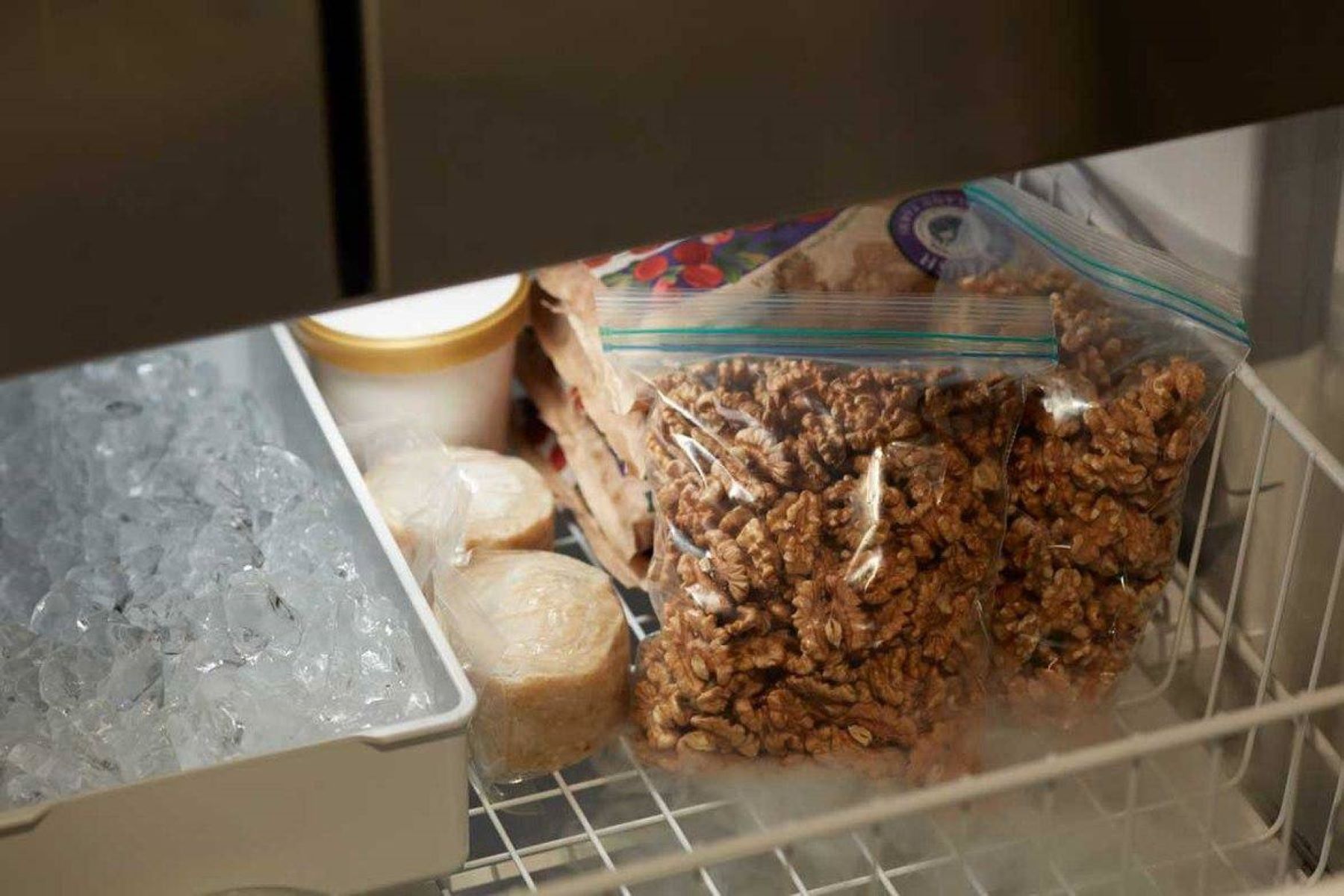
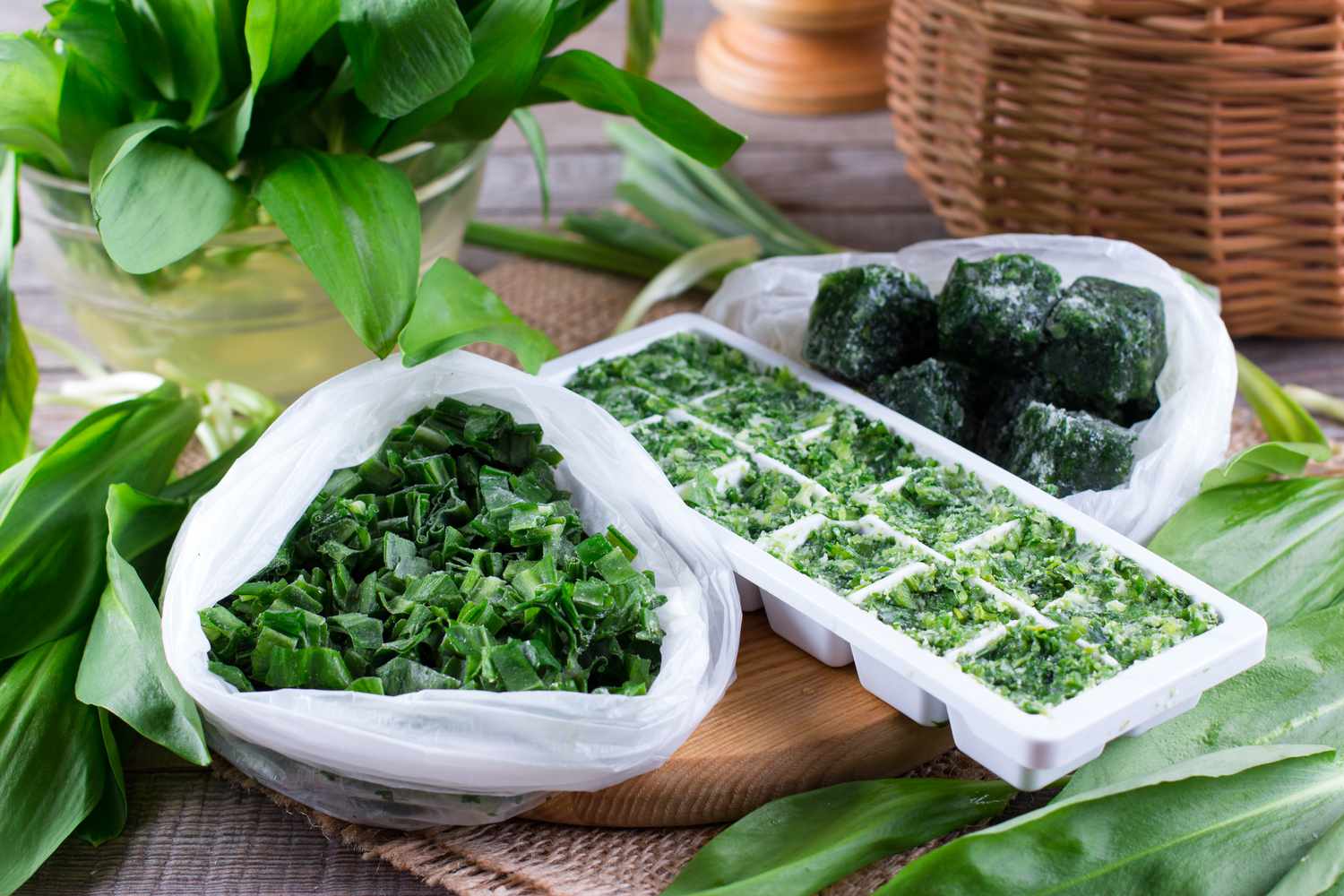

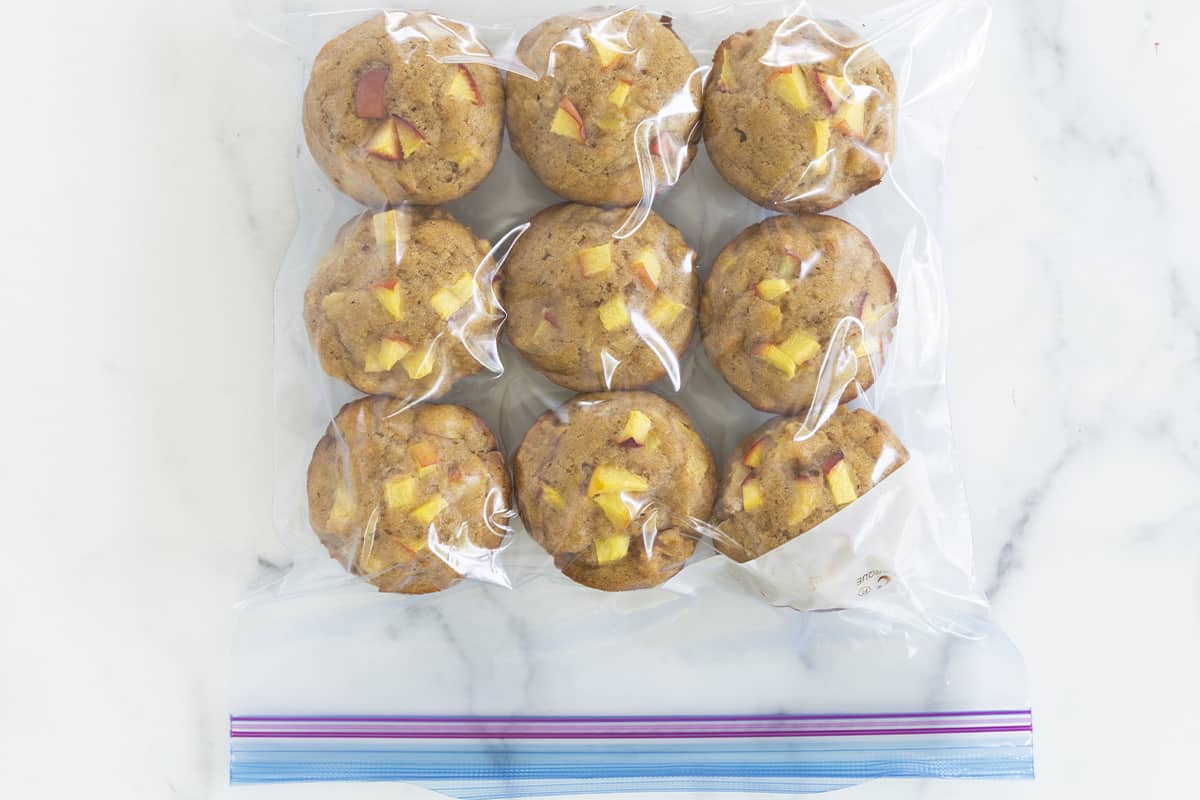

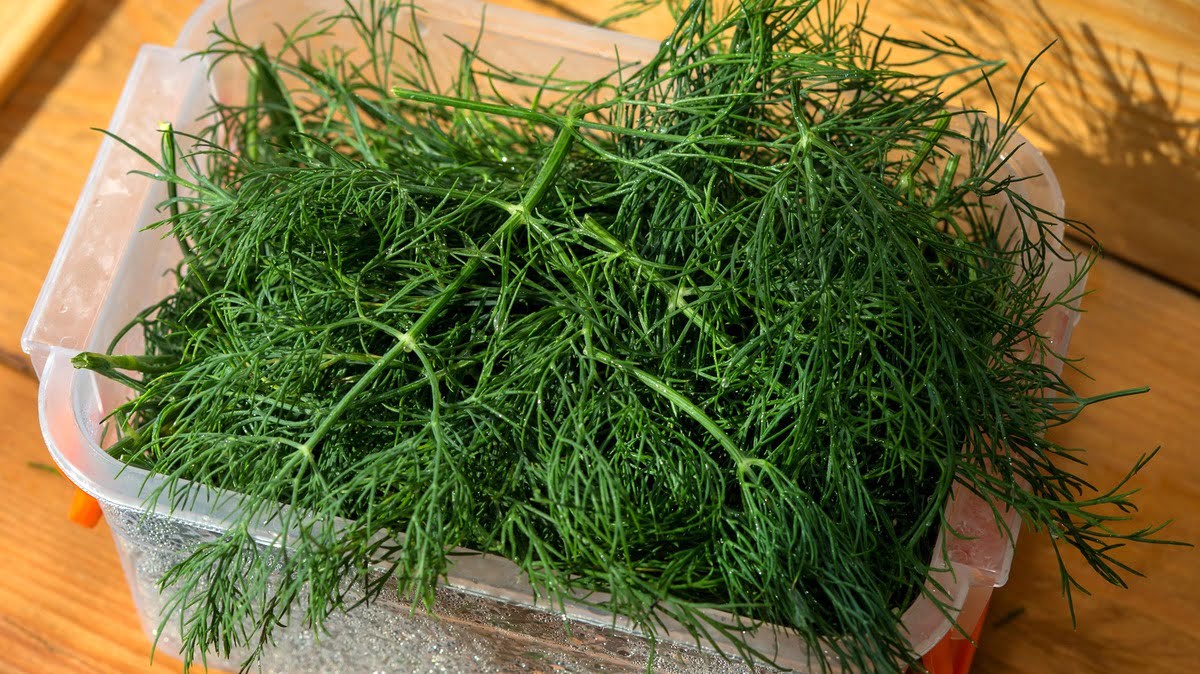
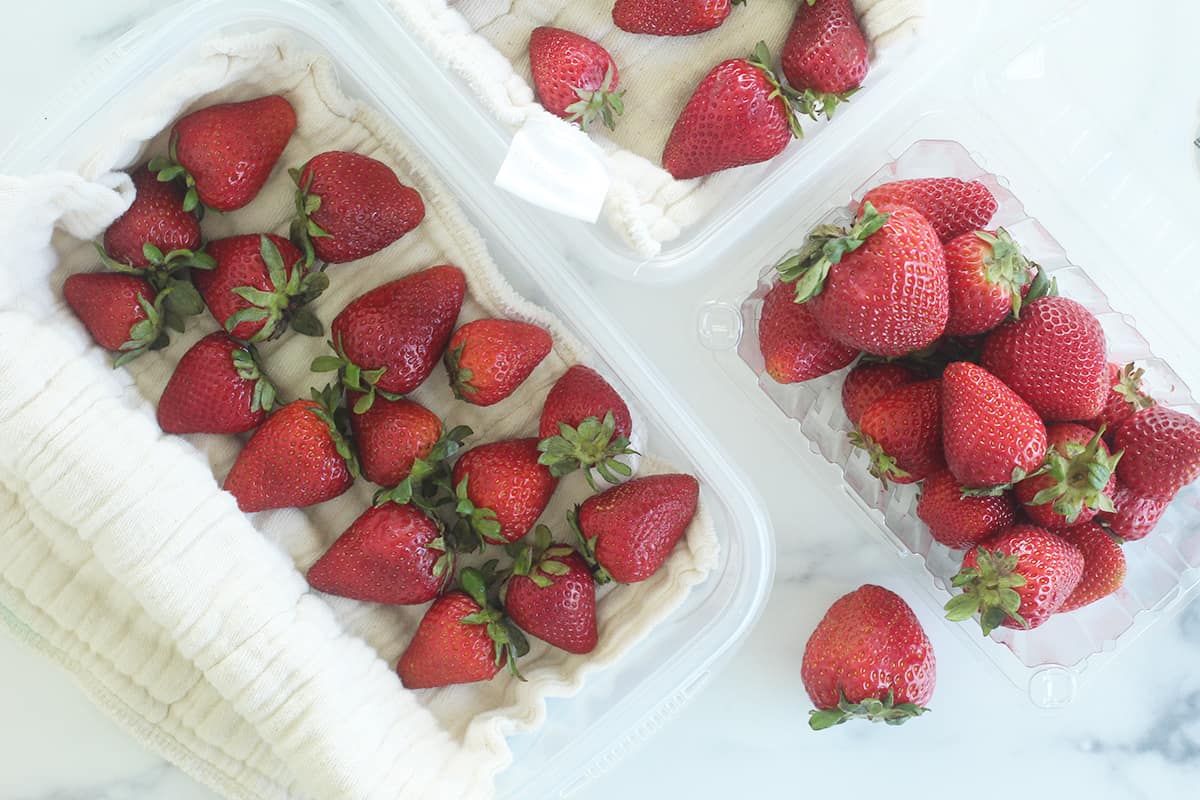
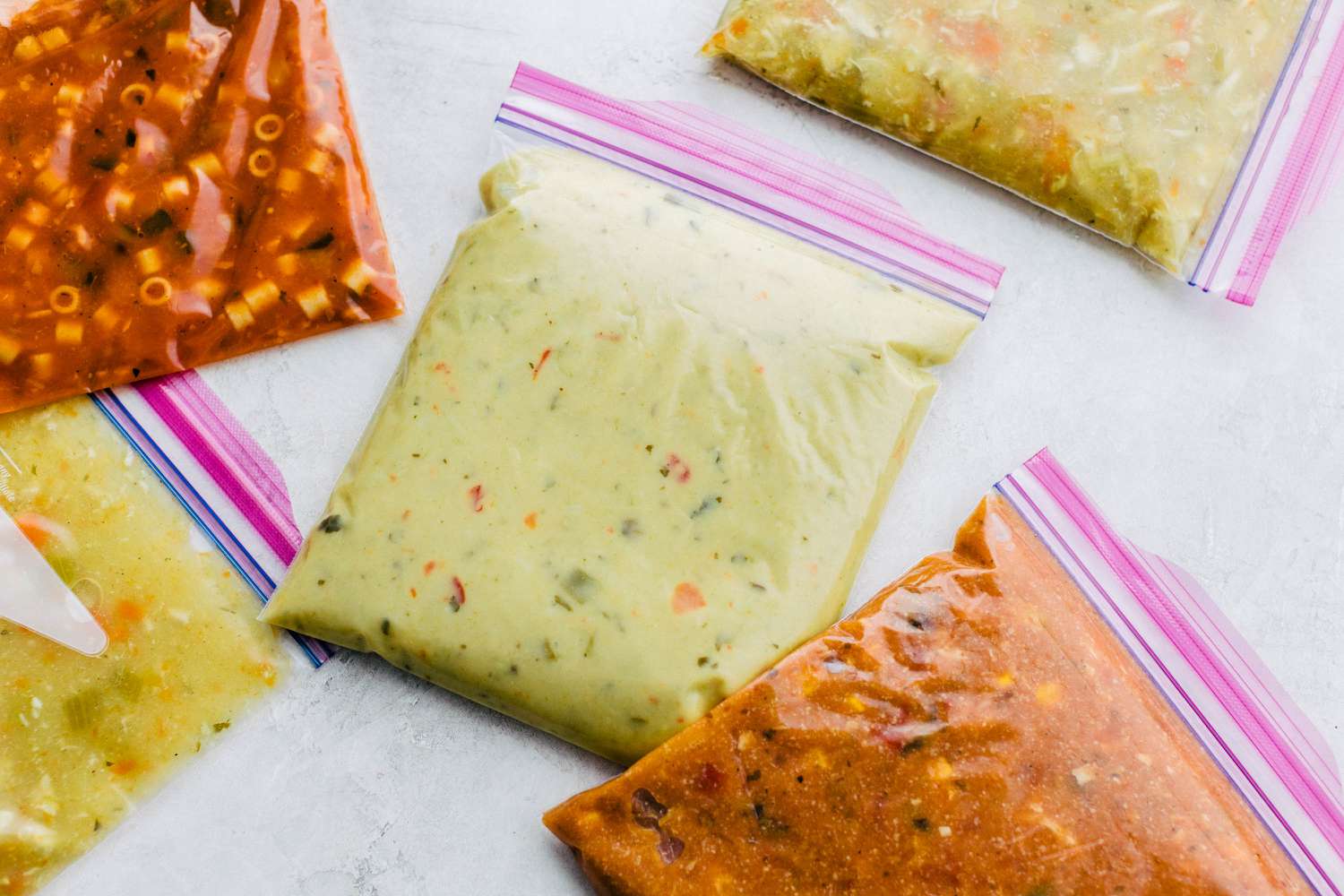
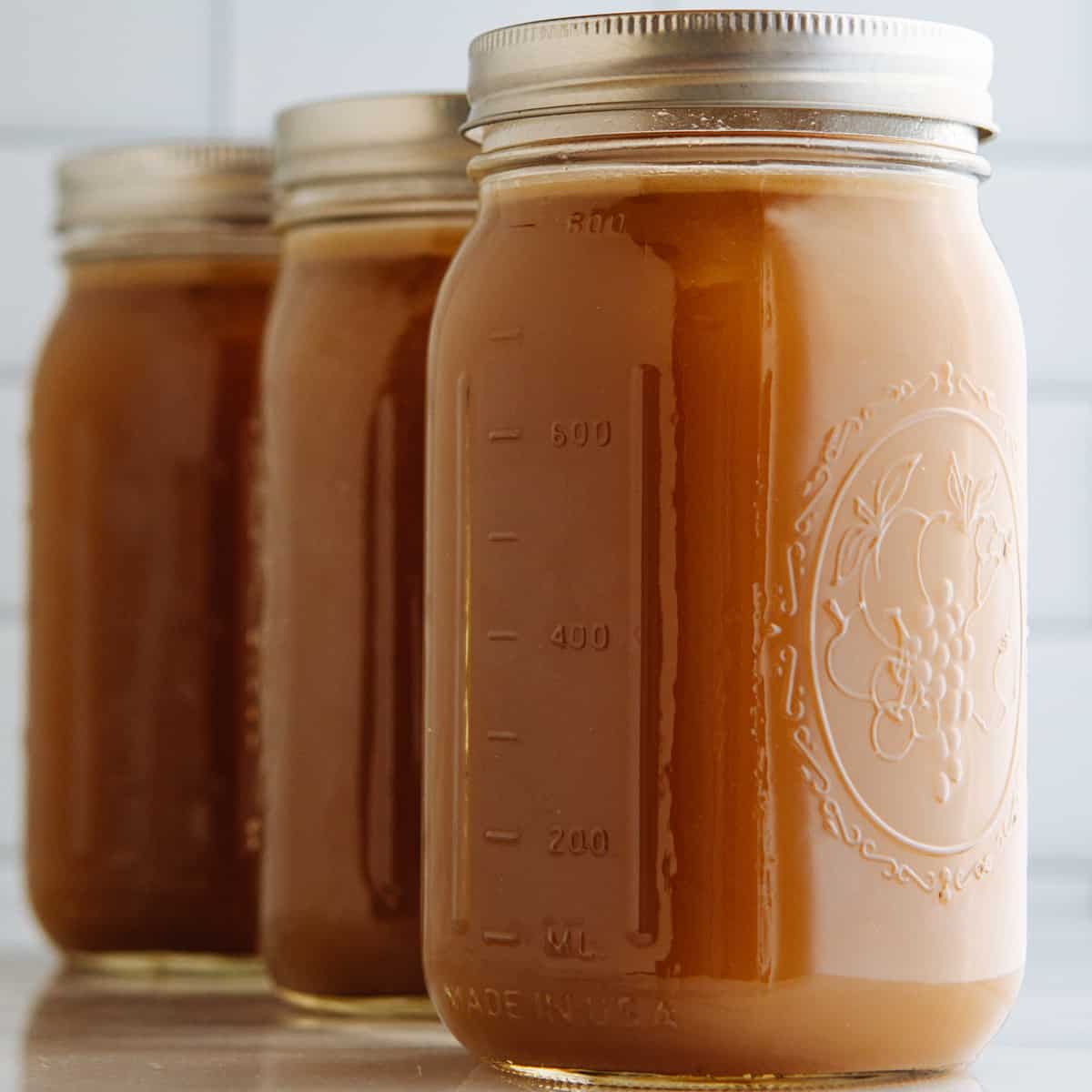
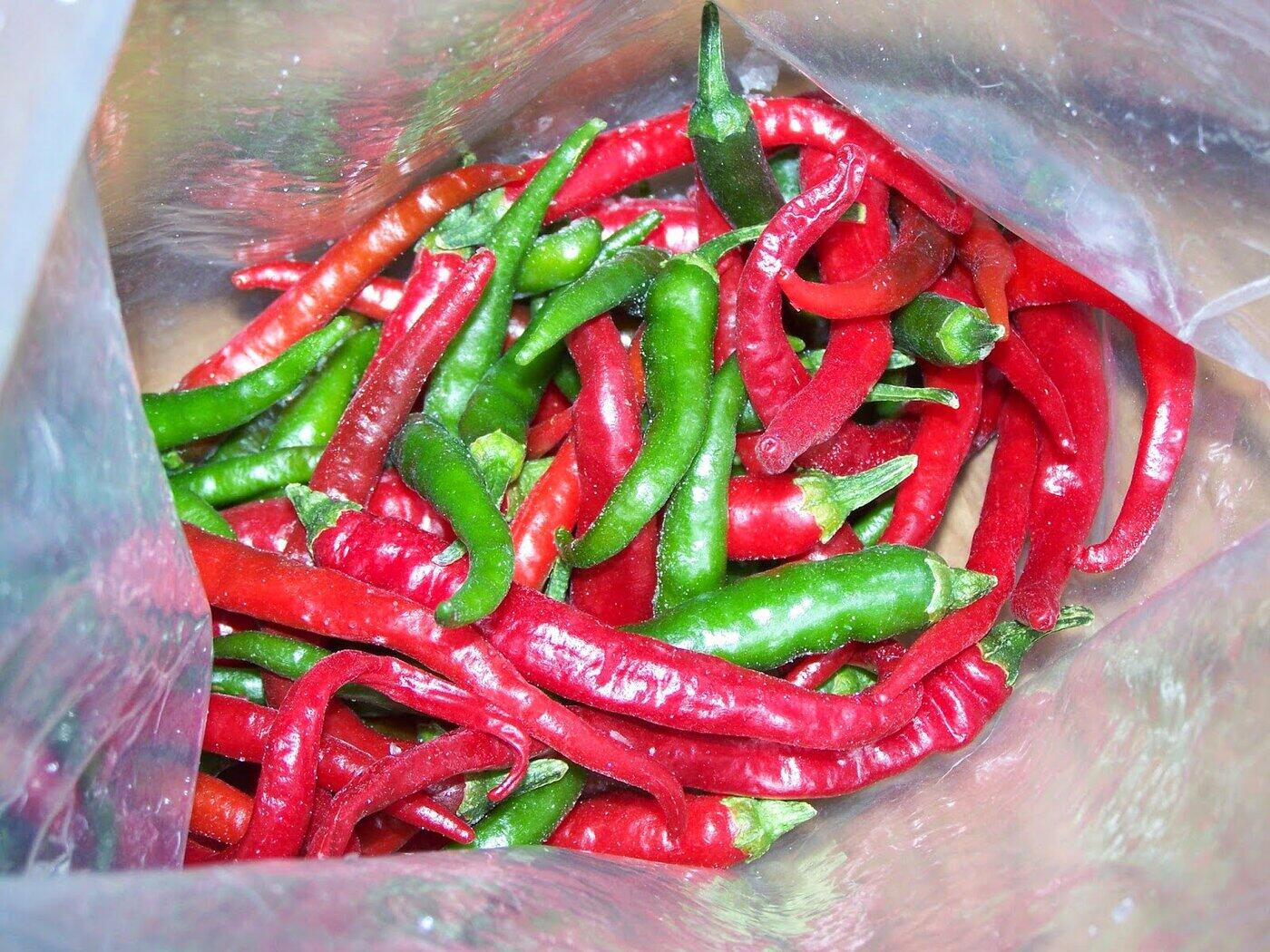
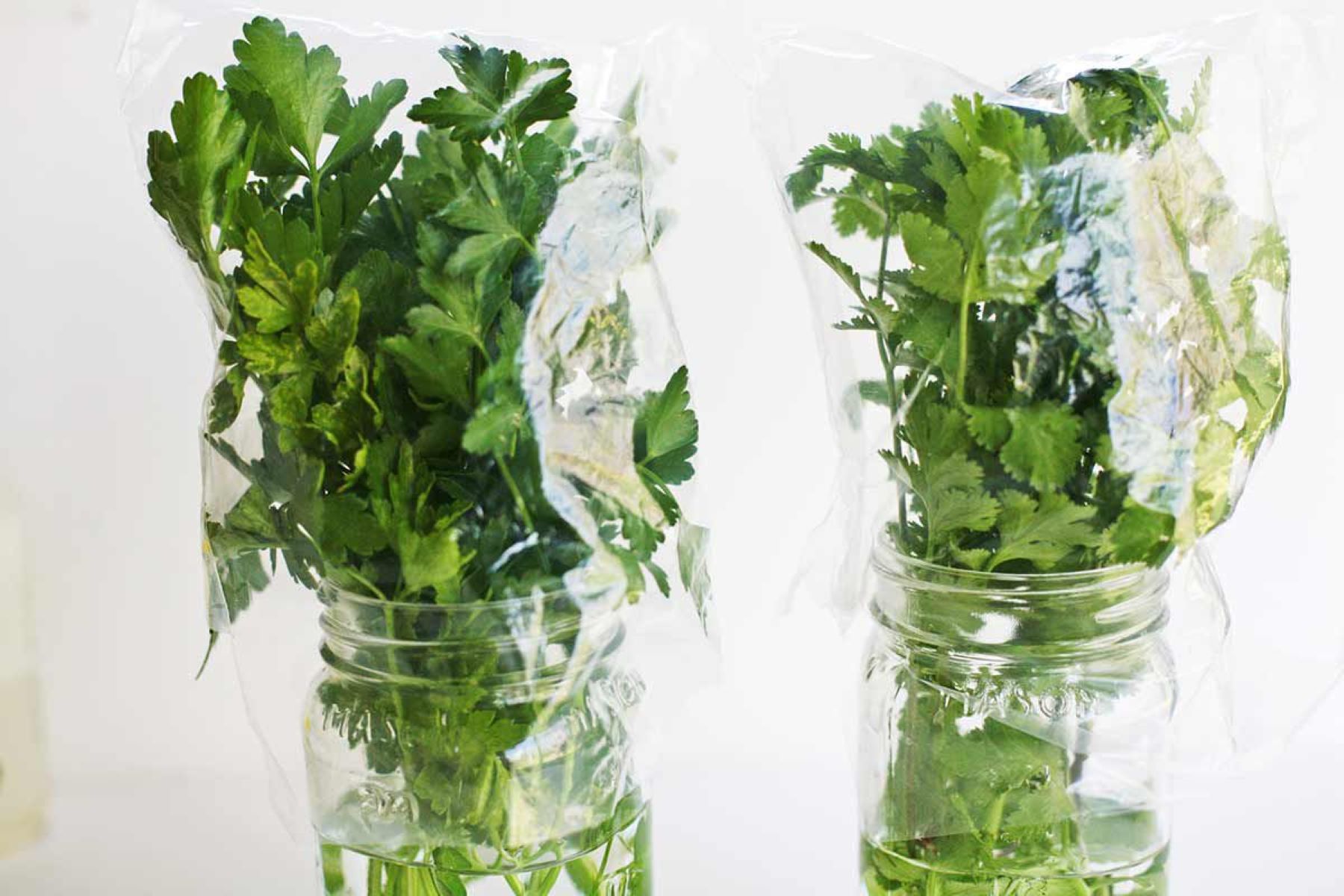
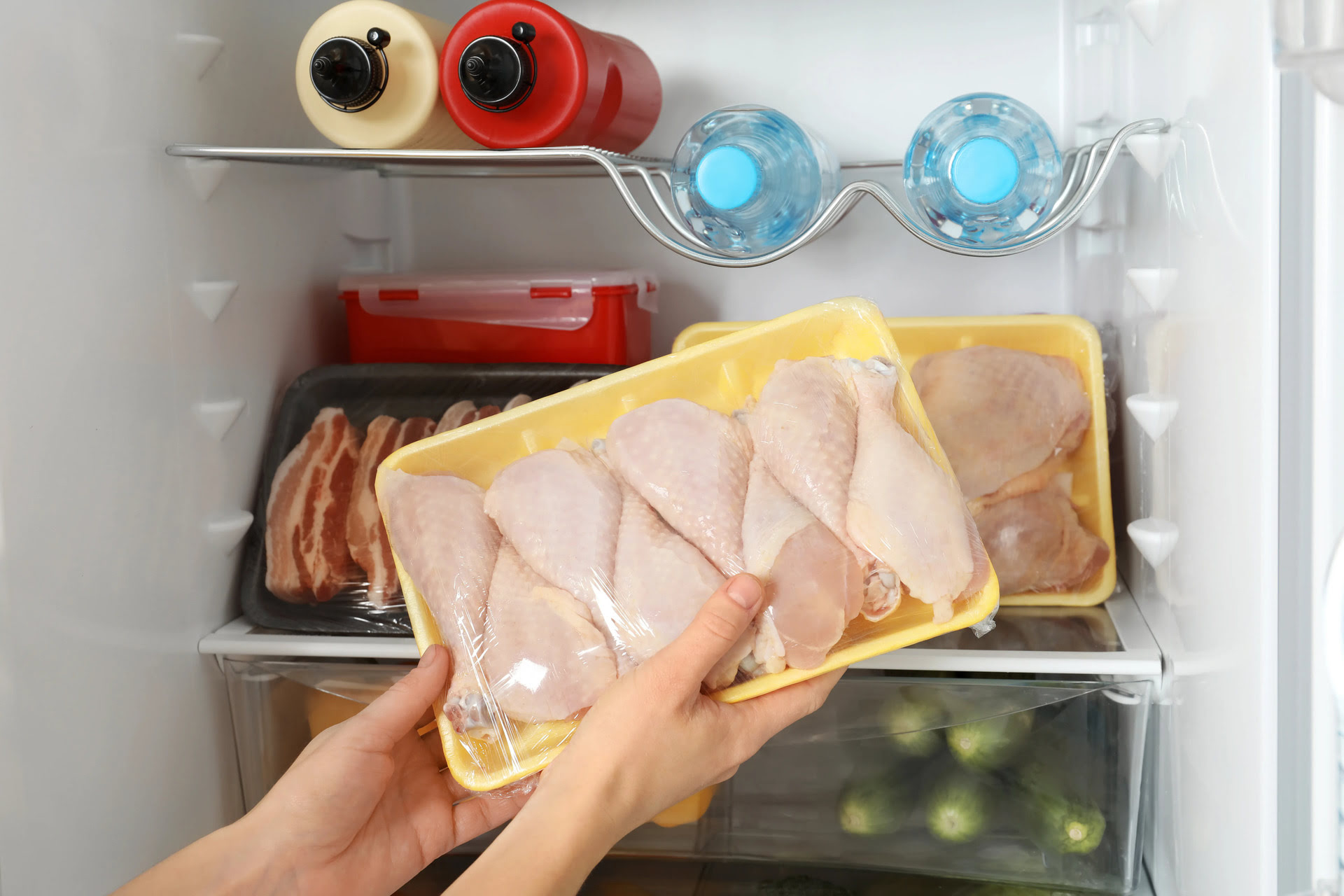
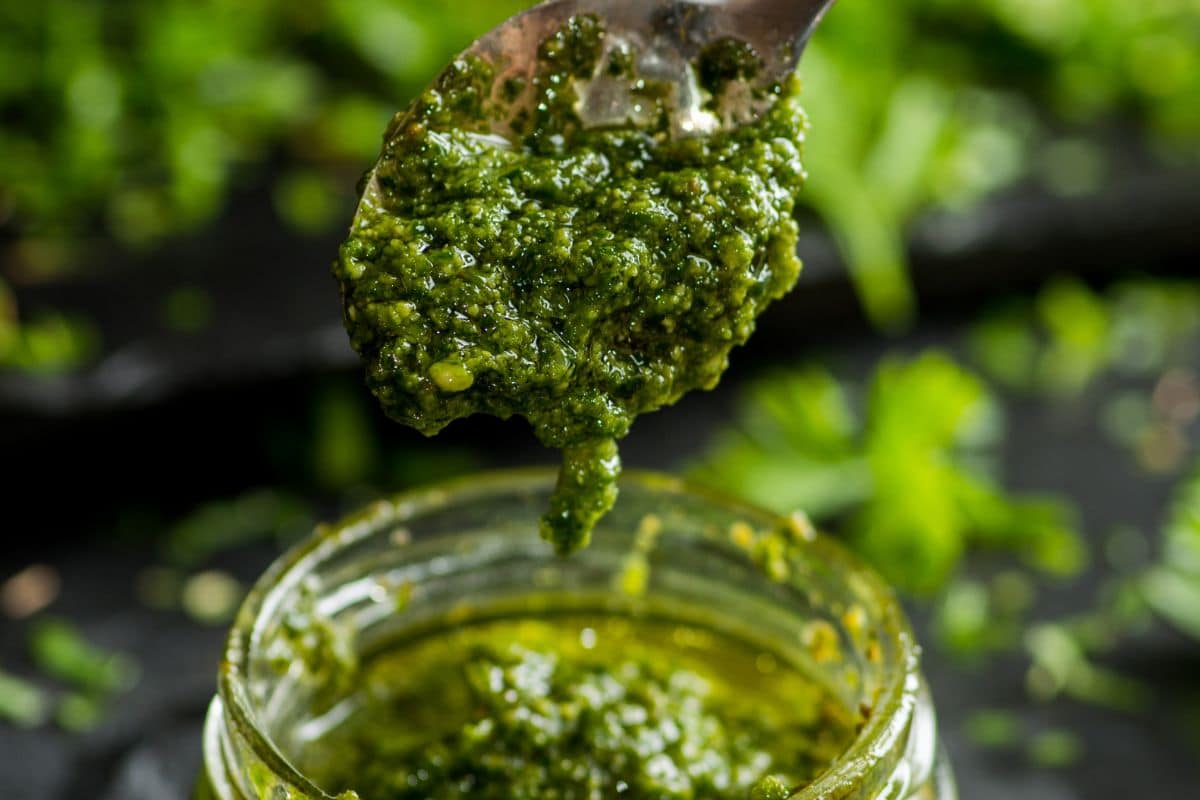

0 thoughts on “How To Store Freezer Meals”